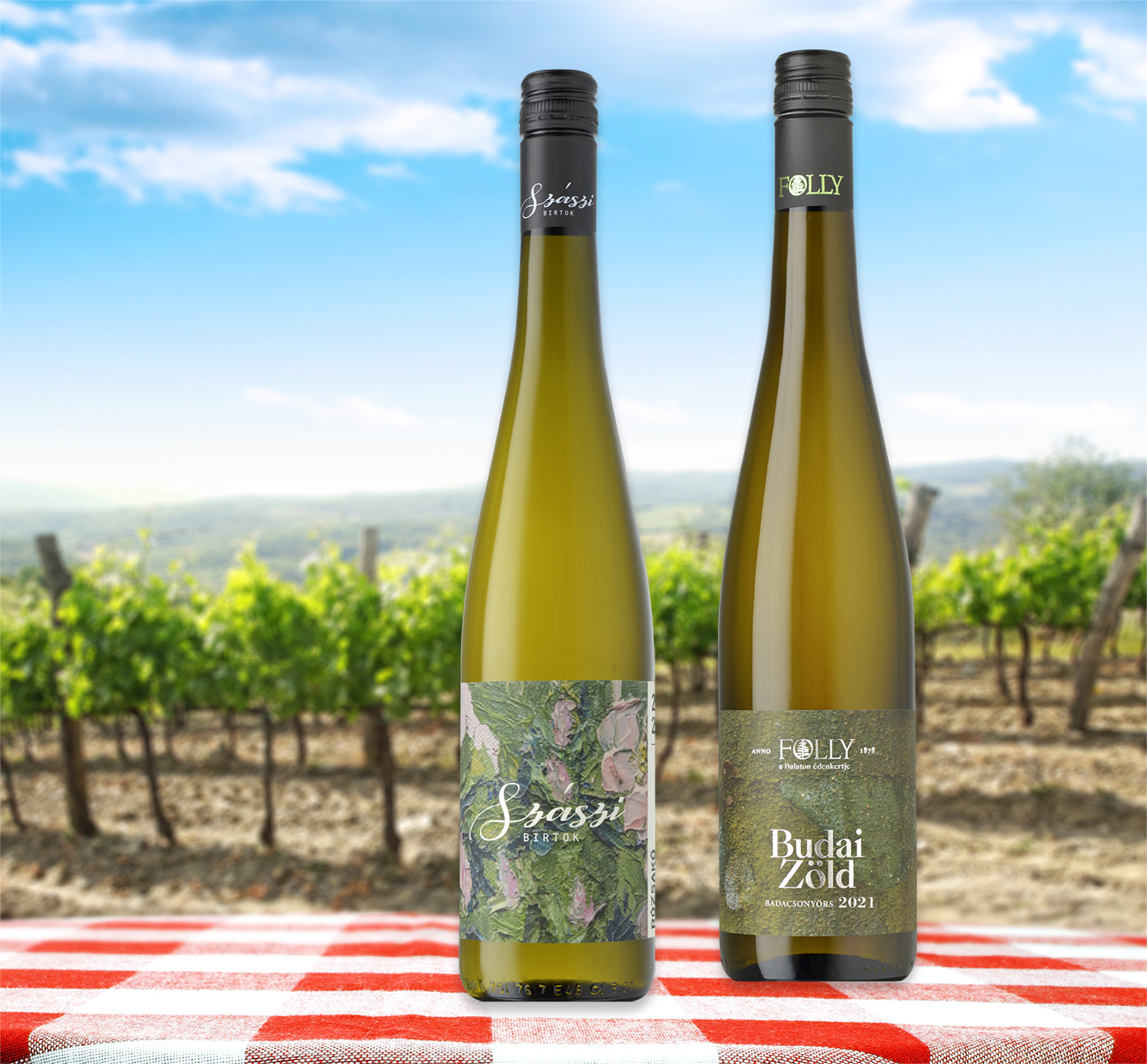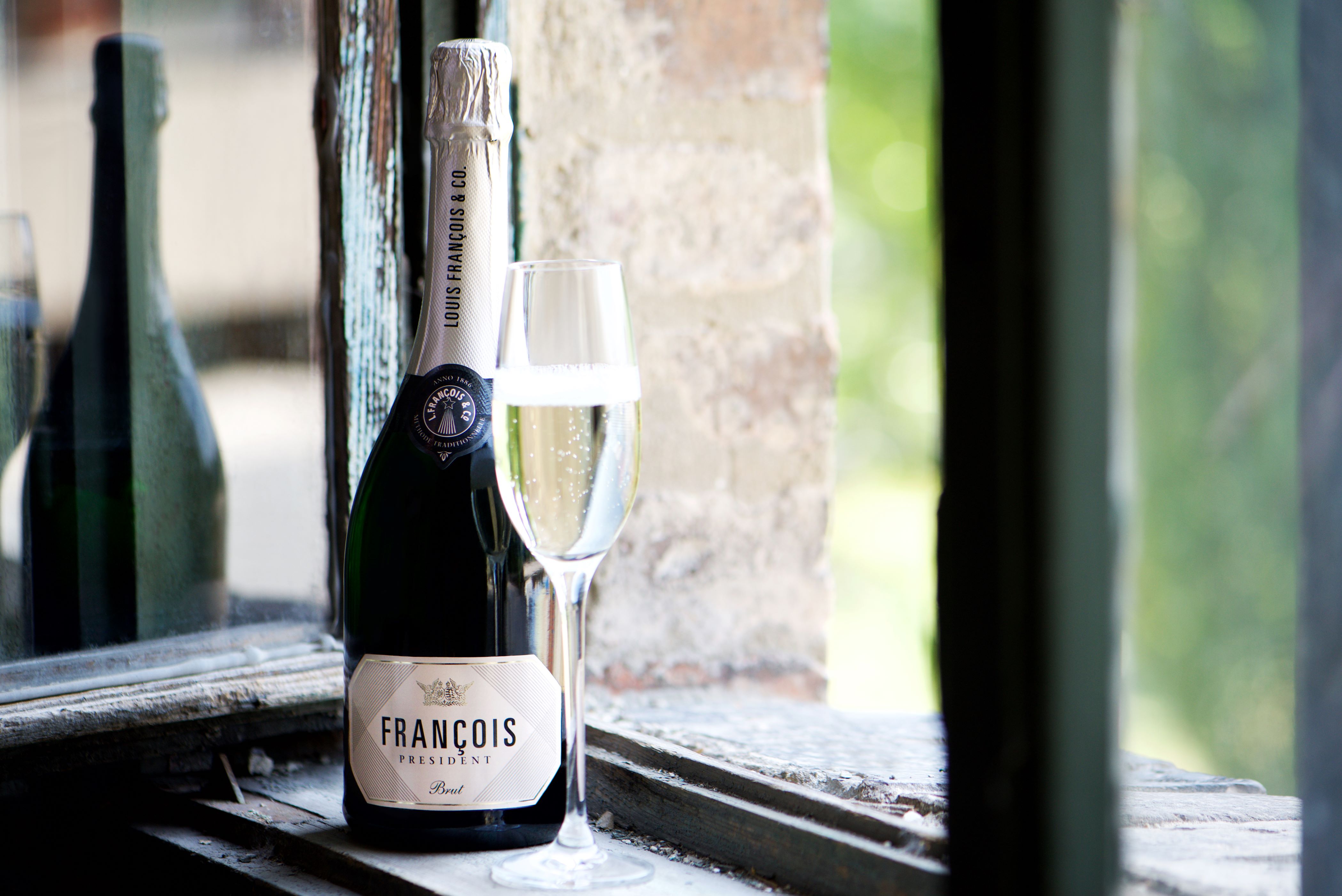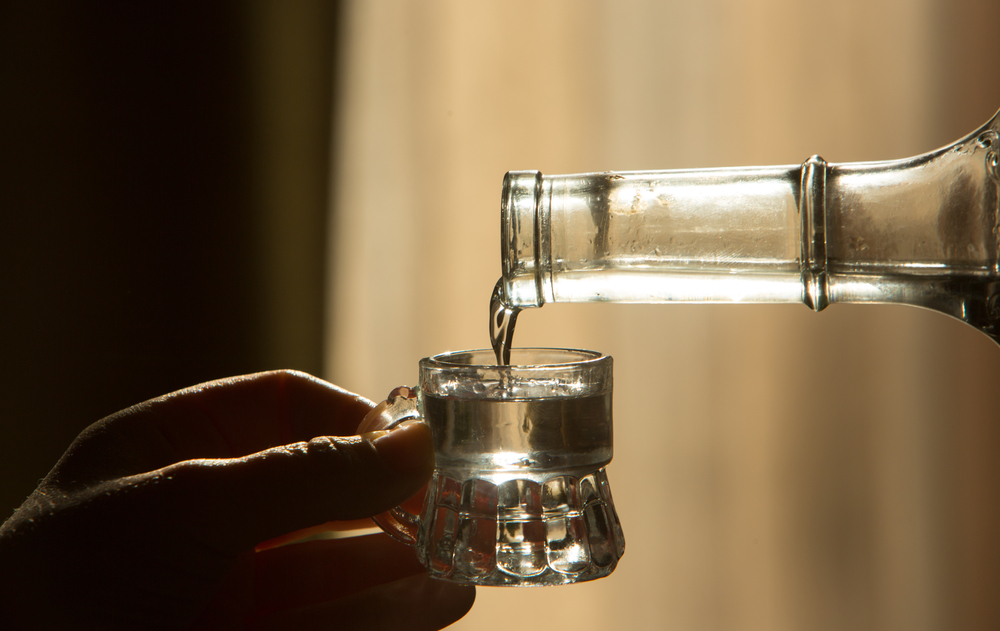Badacsony Back in New York

The view from the southern shore of Lake Balaton across to Badacsony, with a series of magical yet brooding sawn-off mesas and shapely cones, is one of the most spectacular in Hungary. The impressive volcanic vista aside, it is well worth visiting what is also prime terroir for making fine wine.
After skipping a year due to the COVID pandemic, many of the region’s winemakers were back in Budapest recently for the much-loved Badacsony New Yorkban (literally Badacsony in New York) tasting, held in the Róma terem of the New York Palota on April 9.
With the wine-loving public pouring back into live, in-person tastings, this year’s event was as buzzing as the acidity in wines made from the region’s signature grape, Kéknyelű.
I, for one, have often criticized wines made from Kéknyelű for being clumsy rather than classy; searingly sour, with a very neutral, austere character with just a touch of citrus and painfully sharp acidity, especially when young. This is despite my being a lover of edgily acidic, rather than languid, wines.
Kéknyelű is quite like Hunter Valley Semillon from New South Wales, Australia, in that it needs a lot of time to become seriously interesting. However, one trend I’ve been noticing lately is that Kéknyelű is becoming more approachable at a younger age, which could be helped by rising temperatures leading to a greater level of ripeness, with the acidity dipping off.
Nevertheless, though few appear to be doing it (perhaps for cash-flow concerns), lay Kéknyelű down and let it age, and rather than getting old and tired, the wines transform to become rich, rounded and full of life.
Never Old
Csendes Dűlő showed the capacity of the grape to age with Kéknyelű wines from 2016, 2017, 2018 and 2019 vintages. Going much further back, the 2006 by Szeremley (HUF 4,939 from www.bergugok.hu) is a wine that never seems to get old with its floral, baked fruit, and nutty aromas and dense, long palate, and with a good dose of structure-building acidity still. It certainly has a strong sense of place about it. Huba Szeremley, who passed away at the age of 81 last year, was the modern region’s pioneer.
There are just around 44 hectares of Kéknyelű planted in Badacsony’s vineyards. This late-ripening, fully female grape needs to be pollinated by another grape variety, a deed long carried out by Budai Zöld. This latter grape usually makes light floral wines, with Válibor’s organic bottling an excellent example of the variety.
Another excellent choice is Folly Arborétum’s Buda Zöld 2021, which is the last of its kind. It came from 50-year-old vines that once belonged to Badacsony’s Viticultural and Vinicultural Research Institute (MATE) that have been replaced this year, thankfully, by newly planted Budai Zöld vines. The grape might have disappeared had it not been for these recently replaced vines. It costs HUF 3,550 from Bortársaság. When in the Badacsony region, the Folly Arborétum, which is in Badacsonyörs, is a great place to eat or chill, surrounded by a remarkable collection of trees: the Riesling and Kéknyelű are also of high quality.
MATE continues its important work and also makes wine commercially, which can be purchased from its shop at Római út 181 in Badacsony town. The Vulcanus grape variety, a crossing of Pinot Gris and Budai Zöld, is well worth checking out. The 2021 exudes lots of green fruit and has mouth-watering acidity, making it a refreshing choice for summer imbibing. The institute’s Szürkebarát 2021 is fresh and zesty and somewhat resembles easy-drinking Pinot Grigio from Italy’s Veneto region. Szürkebarát is the Hungarian name for Pinot Gris or Pinot Grigio.
Regular Fixture
Not at the tasting, but a regular fixture behind the bar at the Nappali Káveház, which is more of a bar with what is possibly the widest selection of spirits in Hungary, is Máté Barcza, who is part of the small family-owned Négy80 winery from Badacsonyörs. Négy80 decided to use yet another name for Szürkebarát/Pinot Gris/Pinot Grigio due to the grape’s rather low reputation, using the moniker of Auvergnas Gris, which the family found mentioned as the name for the grape circa 1920, in a book by József Laposa.
Négy80’s Auvergnas Gris 2021 will soon be available from negy80.hu for HUF 2,000-2,500. It is already available by the glass or bottle at Nappali, often served by Barcza himself, and is fruity, pure, round and balanced and an excellent example of the grape variety.
Négy80’s neighbor, Péter Váli, likes to extract some color and richness from the skins. Válibor’s Pinot Gris 2020 (HUF 3,000 from wineloverswebshop.hu) has a pink tinge thanks to 36 hours of skin contact (the skins are somewhere between white and black grapes) and a smooth, dense, peachy palate.
Meanwhile, the Rózsakő grape variety, a crossing of Budai Zöld and Kéknyelű created by Ferenc Király in 1957 that is also now performing the pollination role for the latter, is making ever more impressive wines.
The organic Szászi winery from Szent György-hegy made theirs solely in the tank in 2020, and it has pleasant citrusy sourness. Borbély’s offering comes from Bács hegy, was aged for three months in oak, and is very complex: nutty, oily and waxy with citrus fruit, pineapple and an edgy sour touch on the long finish. Borbely is now also making Furmint, having planted the grape from cuttings from Tokaj in 2015. The 2019 shows great promise and is much more elegant than the 2018 virgin vintage.
Over on Szent György-hegy, biodynamic winemaker István Bencze also planted the Furmint grape in 2015 from the T-85 clone from Tarcal in the Tokaj wine region and makes his engagingly edgy Furmint in amphora. Incidentally, Bencze also works with the Loire grape variety Chenin Blanc. The organic Gilvesy planted Furmint in its Váradi vineyard from 2009 to 2012, and the 2019 is up to the usual high standard.
Hárslevelű, another high-end grape that’s more readily associated with Tokaj, is hard to find in Badacsony, but it can be excellent, such as those made by Ödön Nyári and Csendes Dűlő. Like many other Hungarian regions, Olaszrizling is a big grape here, and Szászi makes an estate, a Szent György-hegy and single-vineyard versions (from Rókaluki and Kobócás). The 2020 estate bottling is an absolute bargain at HUF 2,390 from Bortársaság and comes from grapes from Szigliget, Csobánc and Szent György hegy. Csobánc hegy is home to the organic Villa Tolnay, whose Olaszrizling is also excellent.
This article was first published in the Budapest Business Journal print issue of April 22, 2022.
SUPPORT THE BUDAPEST BUSINESS JOURNAL
Producing journalism that is worthy of the name is a costly business. For 27 years, the publishers, editors and reporters of the Budapest Business Journal have striven to bring you business news that works, information that you can trust, that is factual, accurate and presented without fear or favor.
Newspaper organizations across the globe have struggled to find a business model that allows them to continue to excel, without compromising their ability to perform. Most recently, some have experimented with the idea of involving their most important stakeholders, their readers.
We would like to offer that same opportunity to our readers. We would like to invite you to help us deliver the quality business journalism you require. Hit our Support the BBJ button and you can choose the how much and how often you send us your contributions.








